By Rita J. Egan
When Thomas Sarc had enough of telemarketers interrupting his life, he decided to have a little fun with them by playing pranks on the callers. The result of his antics as well as others’ pranks is his latest book, “Tom Sarc Gets Revenge on TELEMARKETERS.”
The Central Islip resident has written a dozen books covering various genres, and “Tom Sarc Gets Revenge on TELEMARKETERS” is a funny one. And, while he can’t guarantee that readers will get less calls, some of his past telephone conversations will garner a chuckle, while others will have the reader laughing aloud.
At the end of the book, Sarc offers a few practical tips to try to eliminate calls from telemarketers, as well as advice on how not to fall for the telephone scams that are happening more frequently nowadays.
Recently, the husband, father and grandfather, took time to answer a few questions about the book via email.
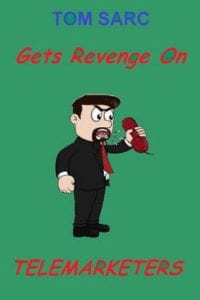
Why did you decide to write this book?
Half a dozen times a day, seven days a week, during dinner, while watching TV, even before I get up in the morning, these pests call. It does no good to tell them to put you on the “do not call” list because, personally, I don’t believe there is such a list. So, if I can’t stop their calling, I can at least have fun with them—and annoy them too. My book is a compilation of my personal interactions with telemarketers as well as those of others who sent their stories to me. I wrote the book to show others, who are also fed up with telemarketers, some things you can do when they call.
How would you describe the book to someone who hasn’t read it?
I am sure that most people are fed up with receiving telemarketer calls. I bet even telemarketers hate getting calls from their own kind. My book is a weapon against these pests. It is a humorous collection of conversations that actually took place between the telemarketer and the victim that was called. If you are looking for a way to have fun dealing with telemarketers, this book is the one you want.
What has been your funniest exchange with a telemarketer?
Not to give away the entire “exchange,” let me just say that I pretended to be a detective at the home of the person the telemarketer called — in this case the telemarketer asked for me, Tom Sarc. I pretended that I was investigating the murder of Tom Sarc and asked questions indirectly accusing the telemarketer of being involved in the murder. The telemarketer became very upset and nervous. I believe that this is the most hilarious interaction I have had with a telemarketer and will use it again for future calls.
Have the number of calls you receive from telemarketers decreased since you started pulling pranks on them?
No. I didn’t expect them to. I have even gotten calls from the same telemarketers but probably a different person calling.
This isn’t your first book. In addition to the humor genre, what do you like to write about?
I write about what the “moment” or a “situation” puts me in. My first book was a humor book — ”E-Mail Letters From a WACKO!” — that actually started out as a serious book dealing with unethical practices of a former employer. From there I moved on to children’s books, teen horror, general horror and more humor. I even published a family recipe book titled “Dishing Out Delicious.”
How did you start writing?
I first started writing while in college. I found that I was very good in literature and writing and received a lot of praise from my professors regarding my writing — both short fiction and poetry. My very first published writing was poetry for various magazines and anthologies.
What books do you have in the works right now?
Currently I am working on a nonfiction “covert operation” type book. I also finished a children’s book about dogs and started a book about how to “beat the system.” I am also working on a book about a murder that took place on Long Island in the 1800s.
Are your books self-published?
Yes, although I am in contact with some major publishing houses and literary agents who are interested in my work.
Any advice to those who want to publish their own books?
The first thing I would do is buy a copy of “Writer’s Market” and study what various publishers are looking for. The hardest part of writing is sitting down and doing the work. You have to invest everything you have into creating your book and that requires discipline. After you come up with an idea for the book, you write a sentence, then a paragraph and, if you are lucky, an entire chapter. Writing happens in little bits and pieces. It’s a step-by-step process but it is not complicated.
Here are some steps to follow:
1. Decide what your book will be about.
2. Set a daily word count goal.
3. Have a set time to work on your book every day.
4. Write in the same place every time.
5. Embrace failure (not everyone can be Stephen King or James Patterson).
6. Don’t give up!
“Tom Sarc Gets Revenge on TELEMARKETERS” is available in bookstores, at www.thomassarc.com and through the Amazon and Barnes & Noble websites.

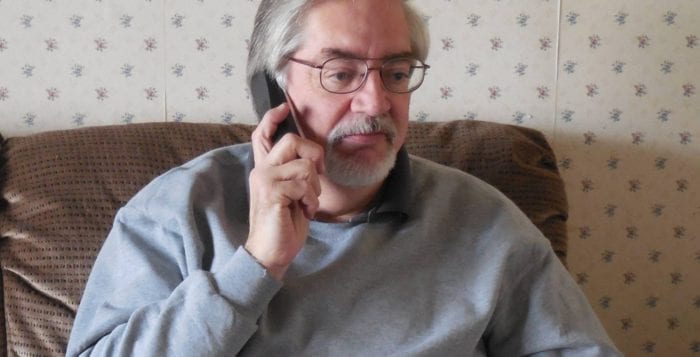
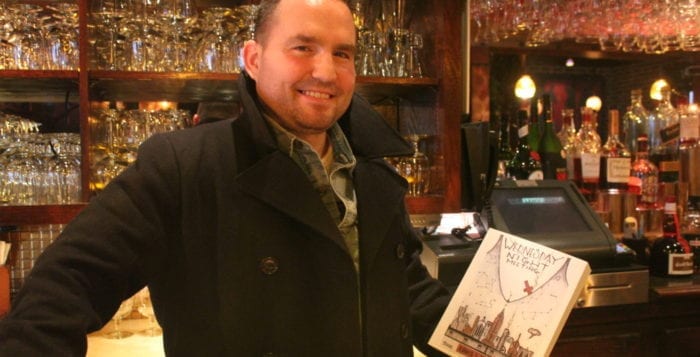
 Tell me about ‘Wednesday Night Meeting.’
Tell me about ‘Wednesday Night Meeting.’ 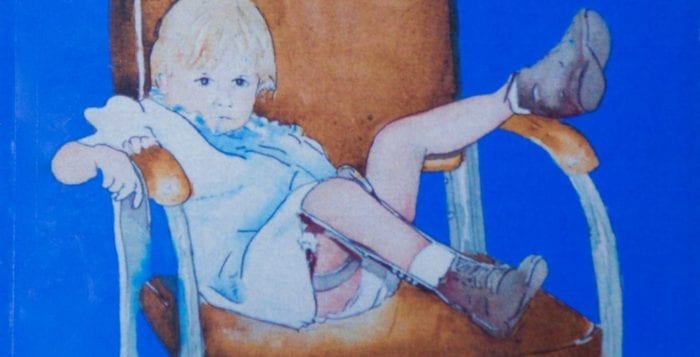
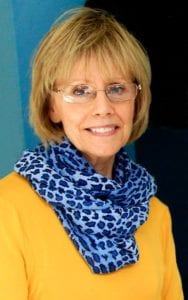
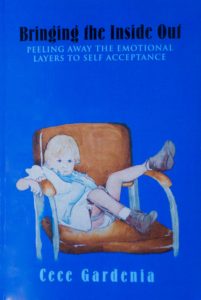 You also write in the book how Colette learned from “The Oprah Winfrey Show” that she had the “disease to please” syndrome. How did you overcome worrying about what everyone thought?
You also write in the book how Colette learned from “The Oprah Winfrey Show” that she had the “disease to please” syndrome. How did you overcome worrying about what everyone thought? 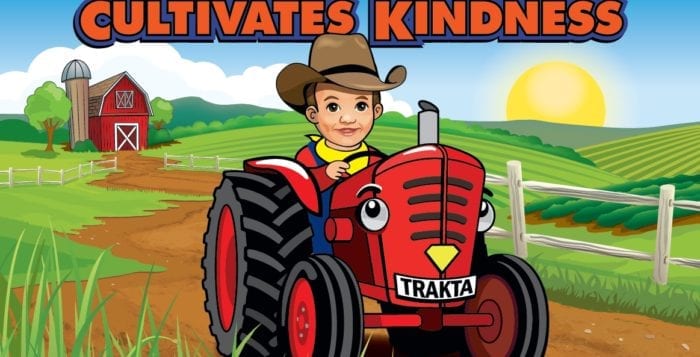
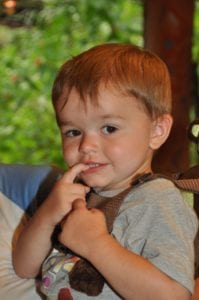
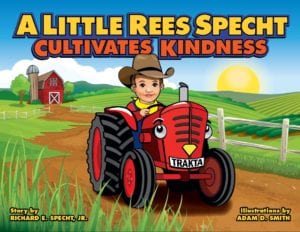 Believe it or not, the idea for the story actually came about because of a problem we had with our original logo for the foundation. The first 20,000 cards we printed had a picture of Rees dressed like Superman on the front. We were informed that using the image of Superman, regardless of who was in the costume, was a trademark infringement and could cause legal issues. We were devastated by this, and I struggled with how I could come up with a new logo that so perfectly fit our mission like the “Superman Rees” picture did. Then, out of the blue, the idea hit me: Rees loved tractors. It was one of the very few words he could use, and every time he saw one he would get excited and yell out “TRAKTA!!!” So, I realized that should be the focus.
Believe it or not, the idea for the story actually came about because of a problem we had with our original logo for the foundation. The first 20,000 cards we printed had a picture of Rees dressed like Superman on the front. We were informed that using the image of Superman, regardless of who was in the costume, was a trademark infringement and could cause legal issues. We were devastated by this, and I struggled with how I could come up with a new logo that so perfectly fit our mission like the “Superman Rees” picture did. Then, out of the blue, the idea hit me: Rees loved tractors. It was one of the very few words he could use, and every time he saw one he would get excited and yell out “TRAKTA!!!” So, I realized that should be the focus.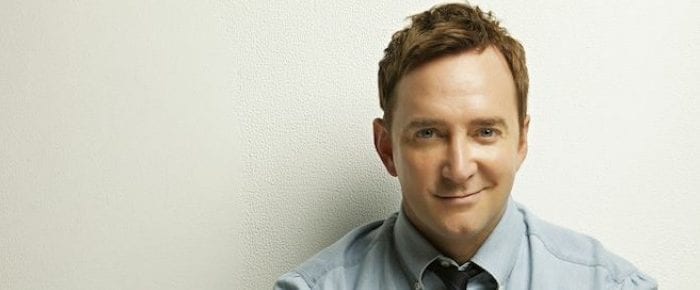
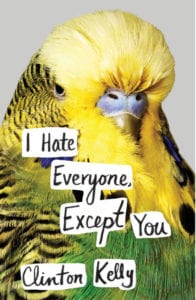 BOOK SIGNING: Port Jefferson Station native Clinton Kelly will appear at the Book Revue, 313 New York Ave., Huntington on Monday, Jan. 9 at 7 p.m. The Emmy award-winning television co-host of “The Chew” will be signing copies of his new book, “I Hate Everyone, Except You,” a hilariously candid, deliciously snarky collection of essays about his journey from awkward kid to slightly-less-awkward adult. For further information, call 631-271-1442 or visit www.bookrevue.com.
BOOK SIGNING: Port Jefferson Station native Clinton Kelly will appear at the Book Revue, 313 New York Ave., Huntington on Monday, Jan. 9 at 7 p.m. The Emmy award-winning television co-host of “The Chew” will be signing copies of his new book, “I Hate Everyone, Except You,” a hilariously candid, deliciously snarky collection of essays about his journey from awkward kid to slightly-less-awkward adult. For further information, call 631-271-1442 or visit www.bookrevue.com.

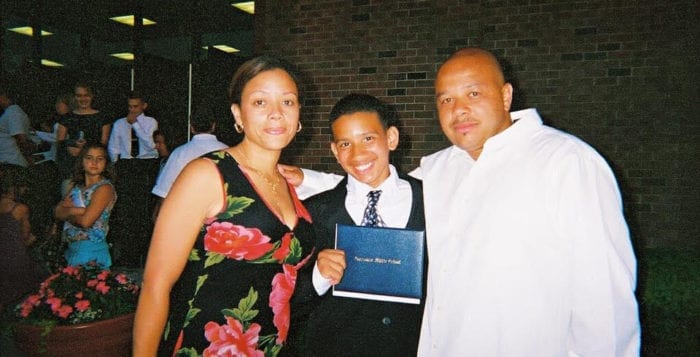
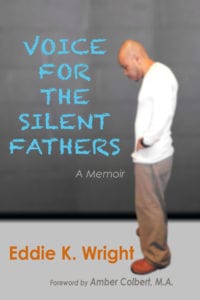 Despite a troubled youth, Wright reveals in his first book, “Voice for the Silent Fathers,” that his toughest obstacle in life so far was accepting the fact that his son was gay. Now 12 years into a 45-year sentence for conspiracy to distribute drugs, the author has spent the last few years using his time in prison to work on his issues and relationship with his son by writing. Due to the experience, which he describes as emotionally therapeutic, many of his fellow inmates have dubbed him “Gangster Turned Guru.”
Despite a troubled youth, Wright reveals in his first book, “Voice for the Silent Fathers,” that his toughest obstacle in life so far was accepting the fact that his son was gay. Now 12 years into a 45-year sentence for conspiracy to distribute drugs, the author has spent the last few years using his time in prison to work on his issues and relationship with his son by writing. Due to the experience, which he describes as emotionally therapeutic, many of his fellow inmates have dubbed him “Gangster Turned Guru.”


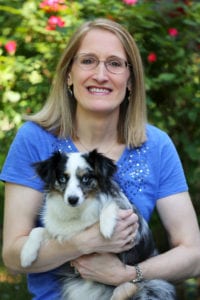
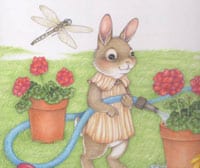 “Saving Kate’s Flowers” is available at www.Amazon.com, the publisher’s website at www.arbordalepublishing.com and www.barnesandnoble.com. For more information about the author, visit www.cindysommer.com.
“Saving Kate’s Flowers” is available at www.Amazon.com, the publisher’s website at www.arbordalepublishing.com and www.barnesandnoble.com. For more information about the author, visit www.cindysommer.com.


